Inspired by her BioArt Residency at the biotechnology company Integral Molecular, Mina Zarfsaz presents a menagerie of experiments exploring the speculative nature of sensory data in the sciences.
Through her continued research she explores the phenomena of translation, interpretation, and the illusion of truth. Science is no longer the subject, but becomes a point of departure and a catalyst for improvisation: data jazz. GAG ACT is a sequel to the first phase of the project, Shadowplay, that was released as an interactive online experience to imagine a sociology of microbiomes. Both phases appropriate scientific and sociocultural metaphors to show parallels in behavior, to contemplate on the nature of evolution that frame biases, power dynamics, forms of intelligence, and ethical ways of being and becoming at macro and micro levels.
Currently in view at Esther Klein Gallery October 14th-November 27th 2021

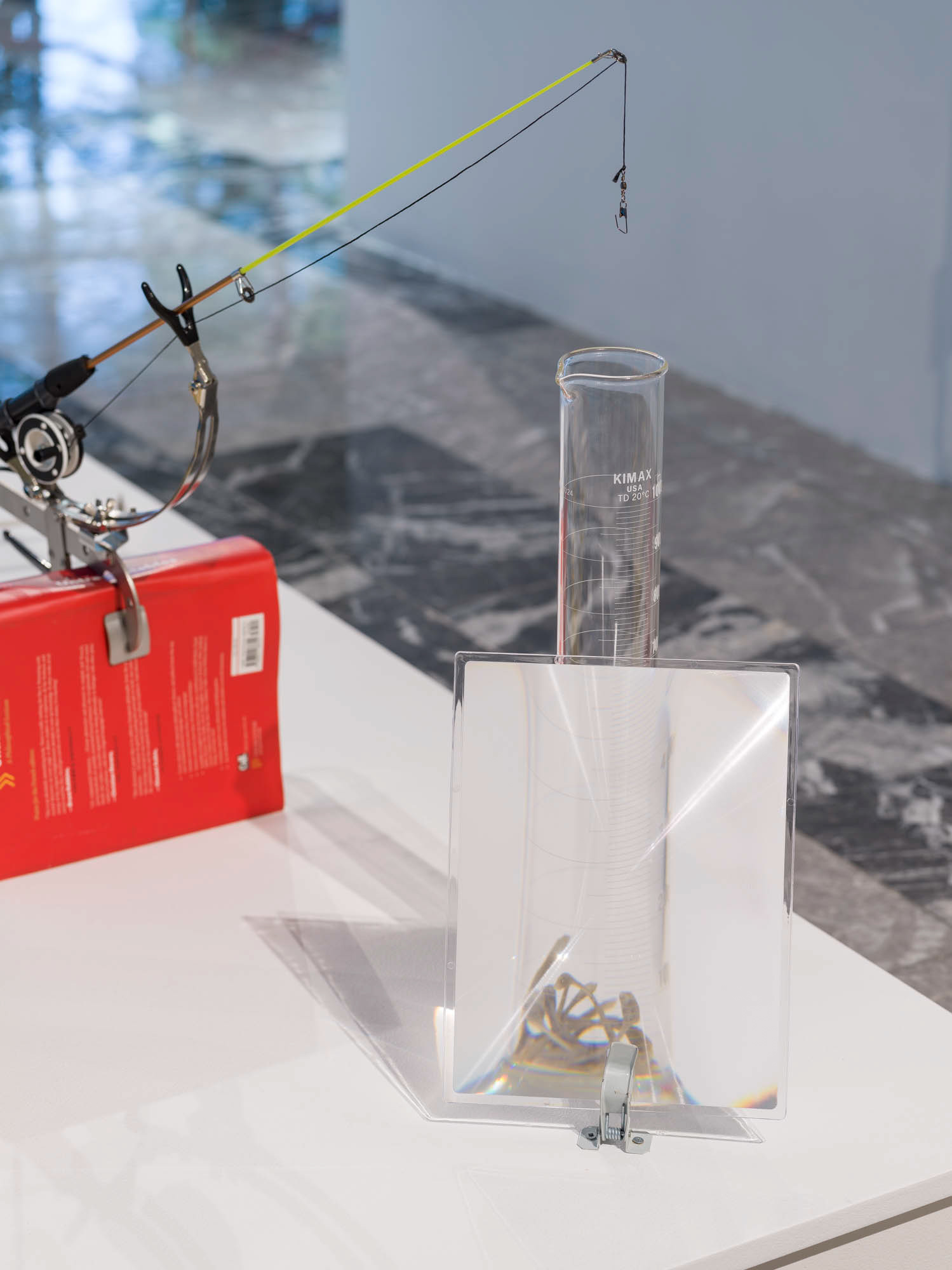

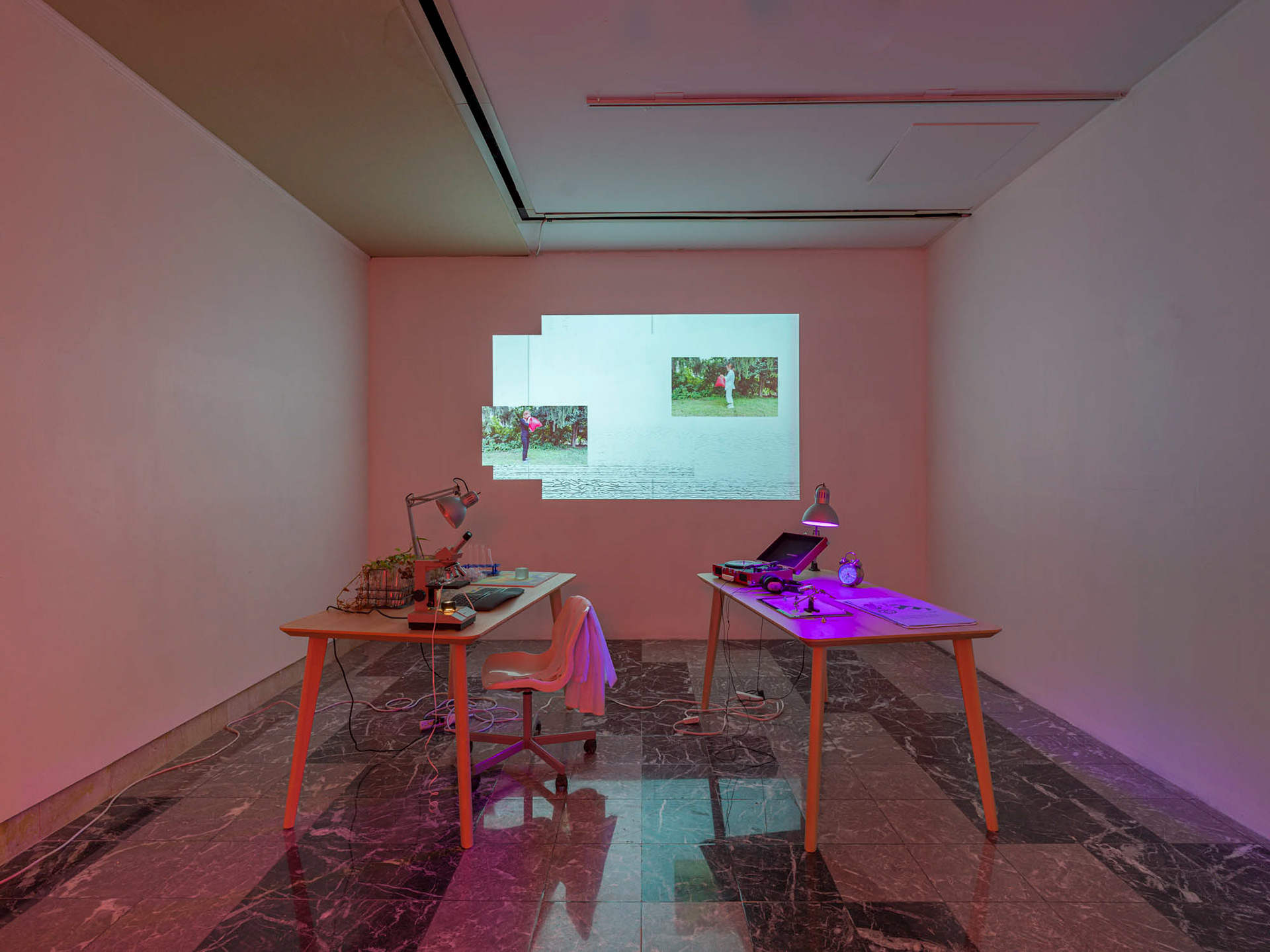
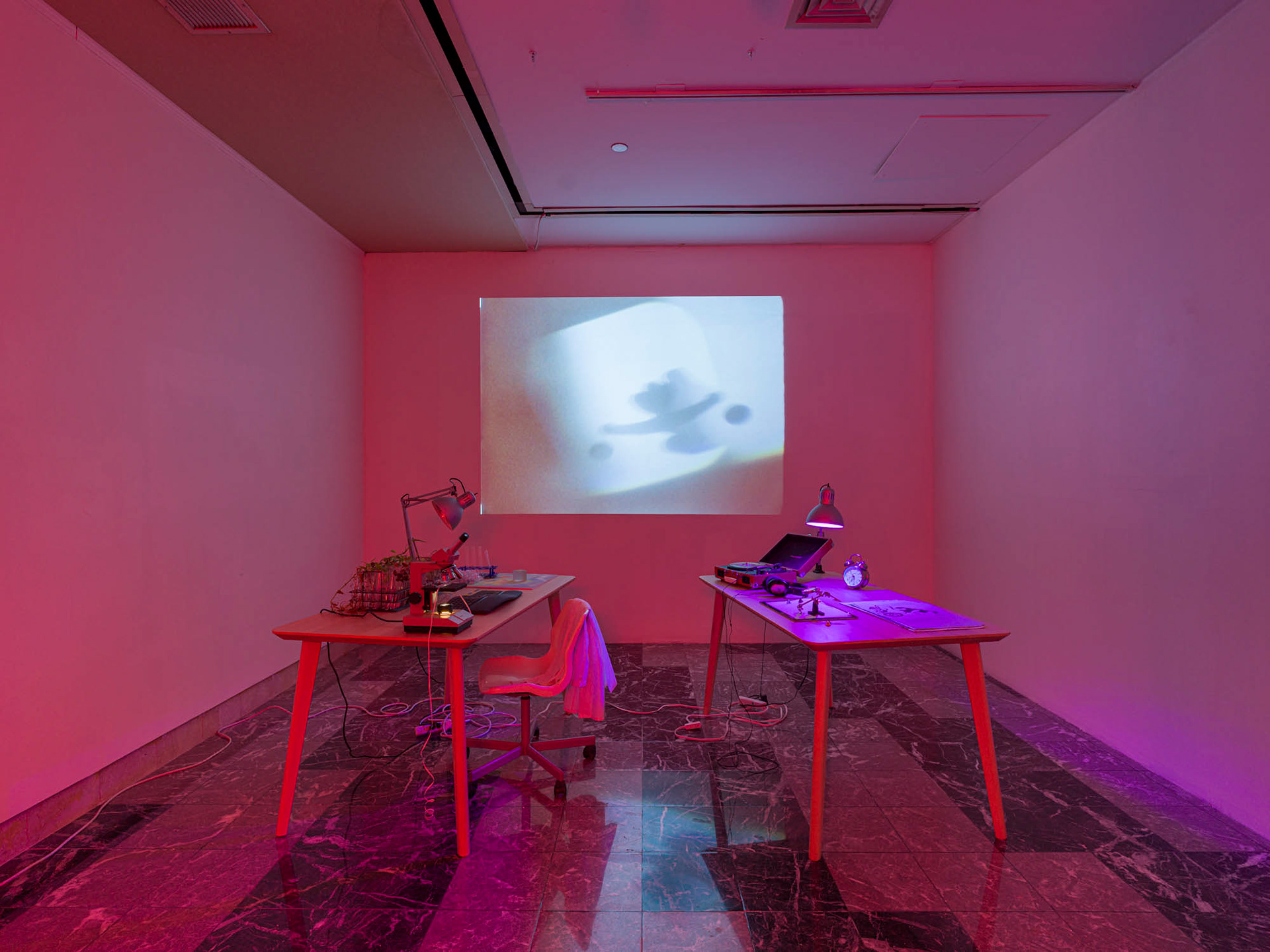
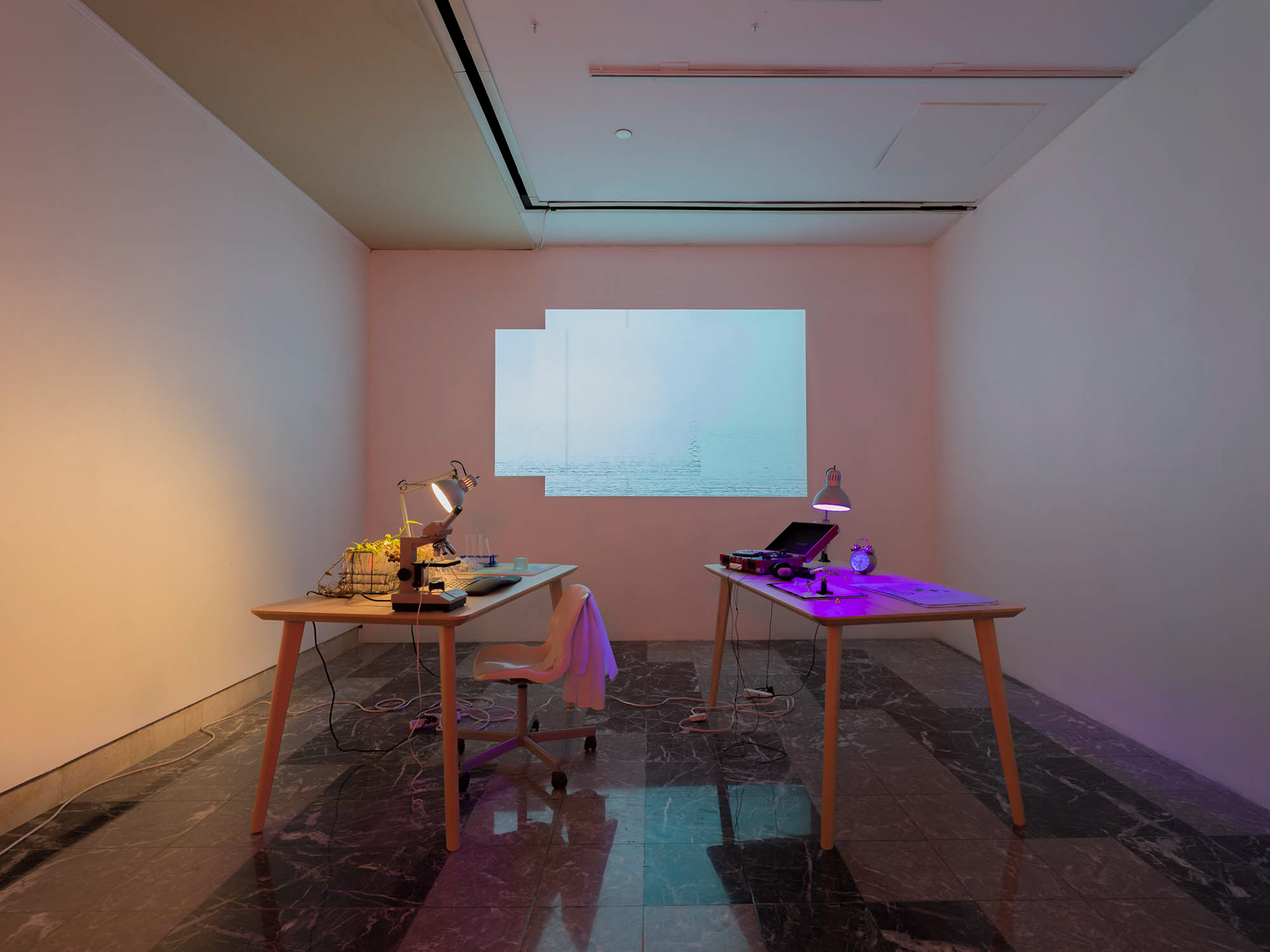
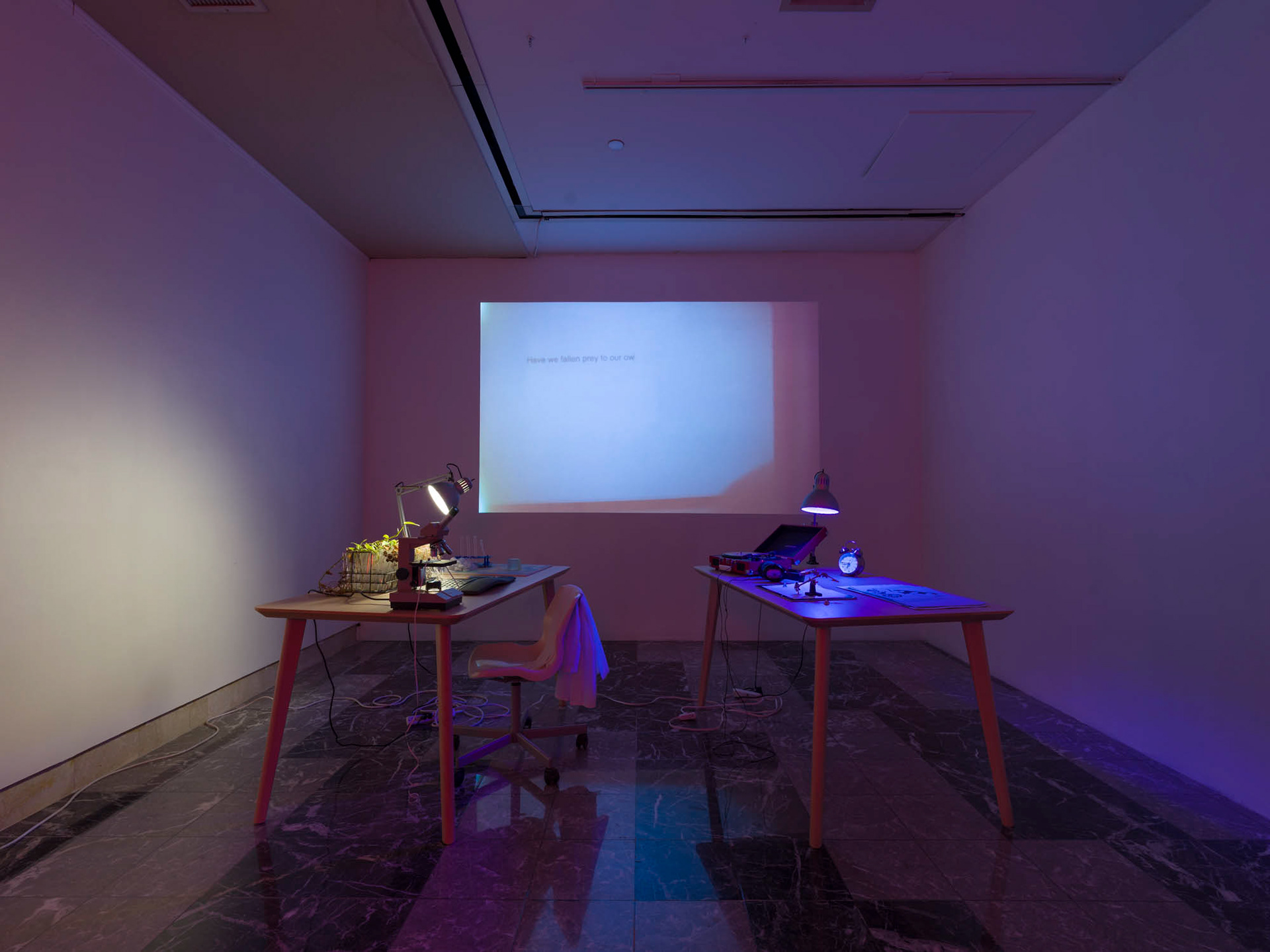
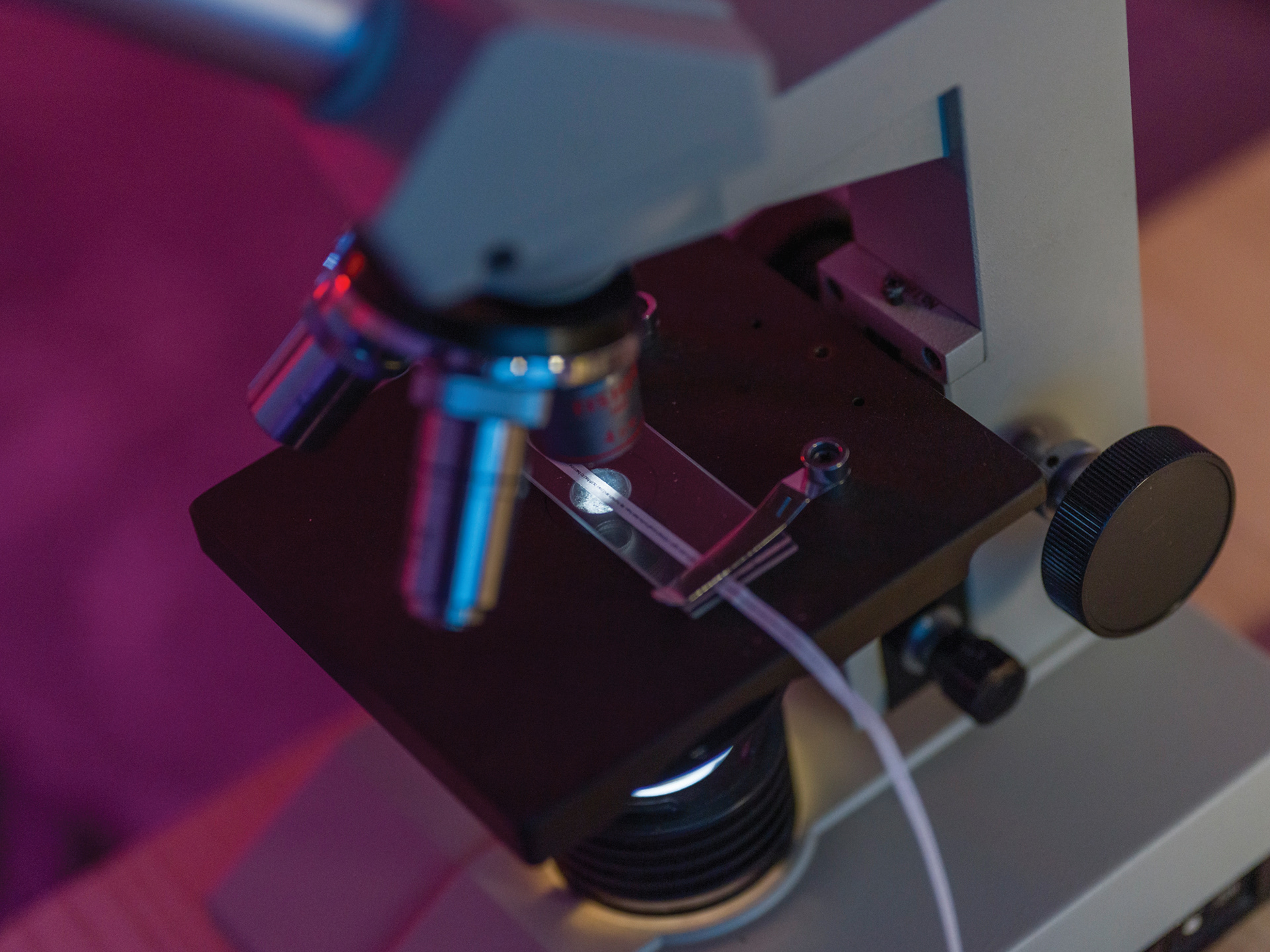
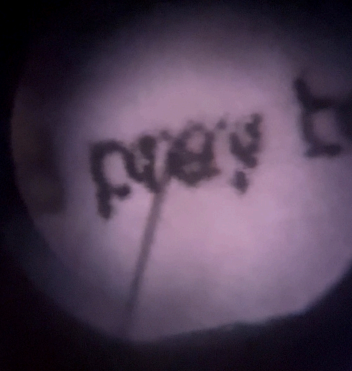


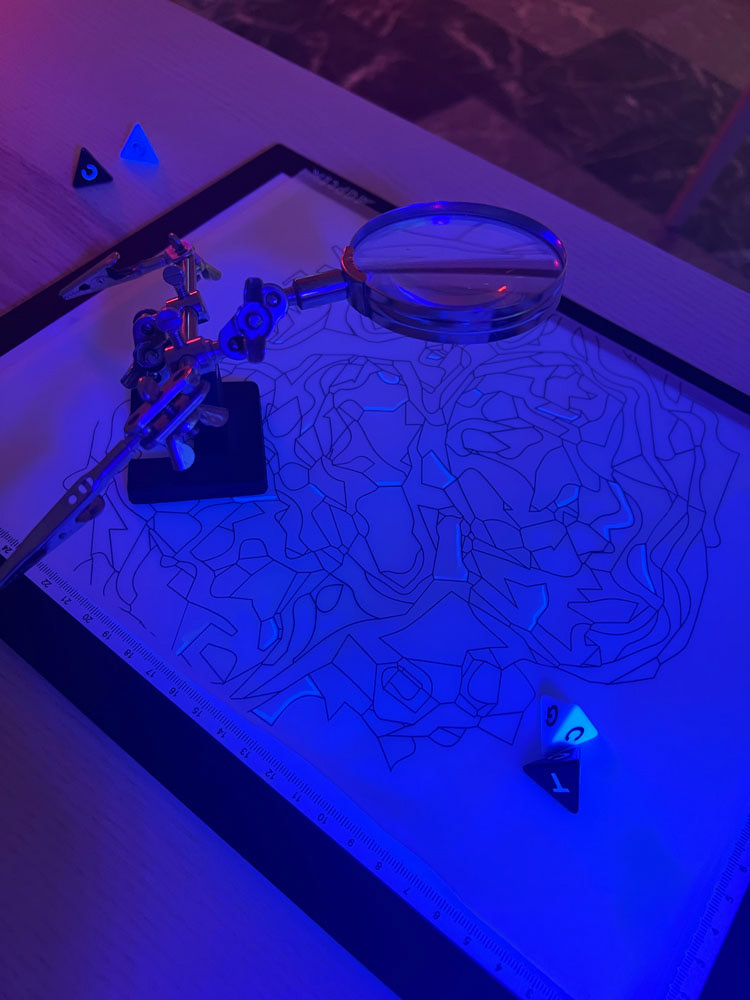
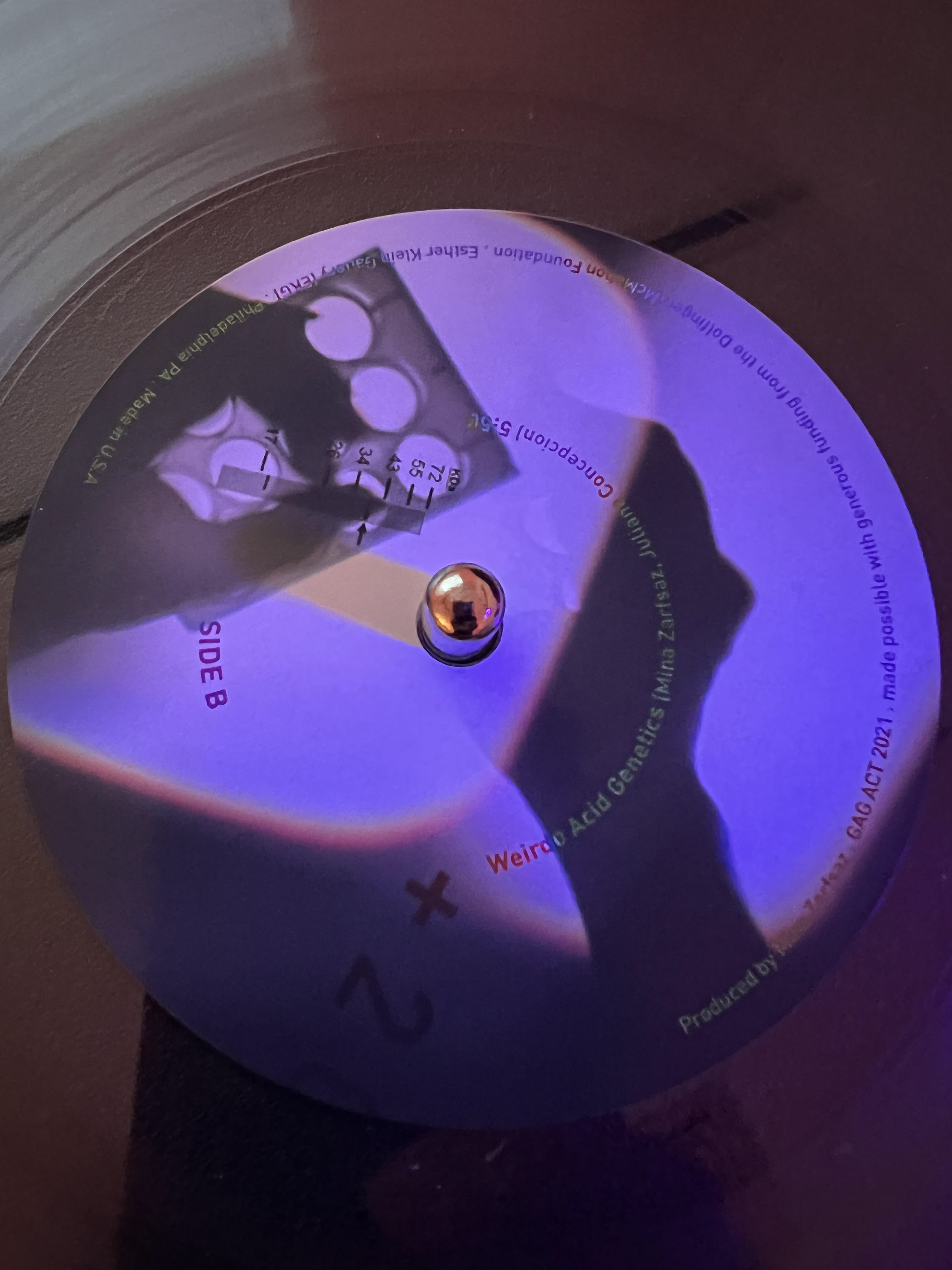

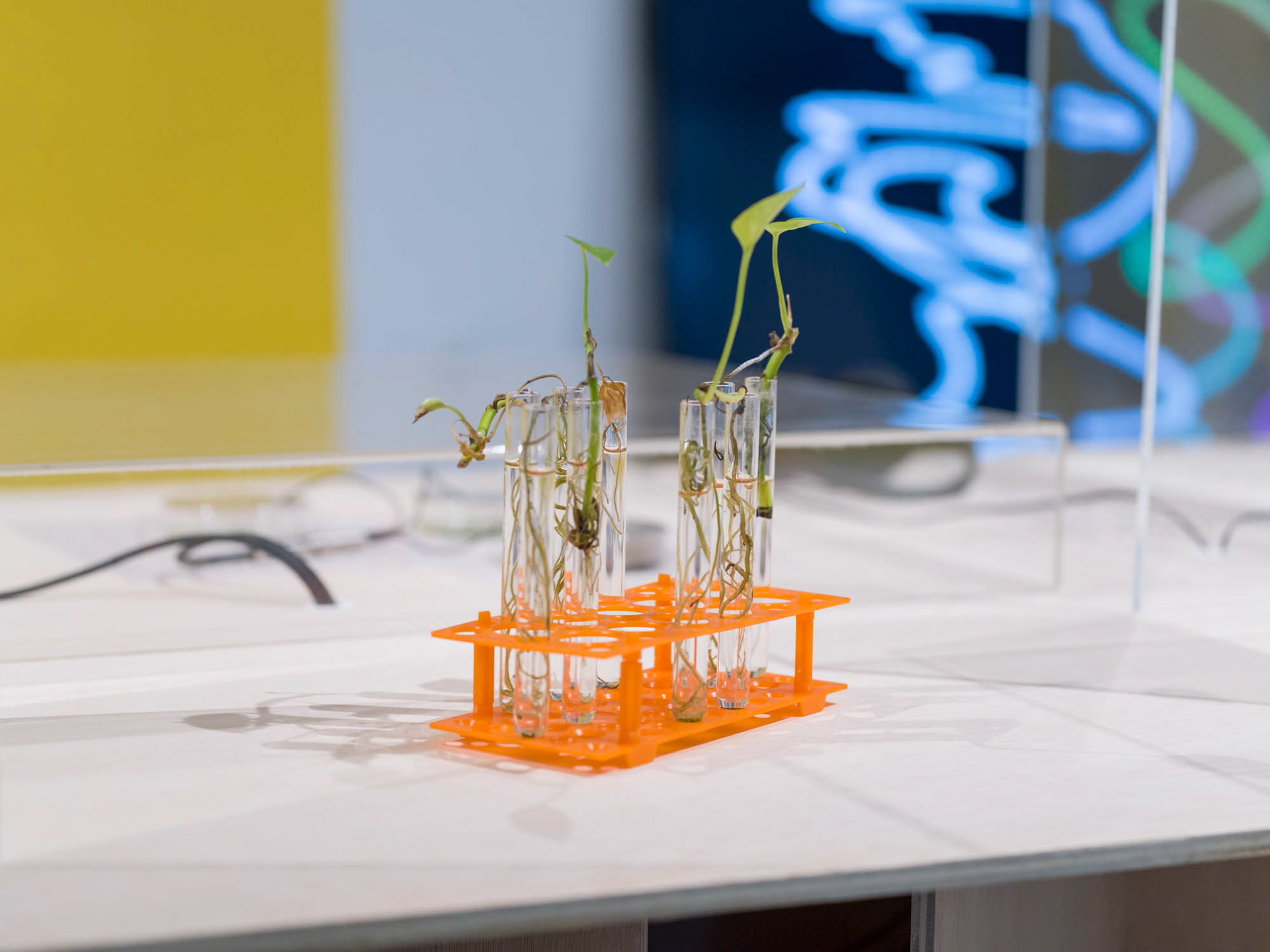
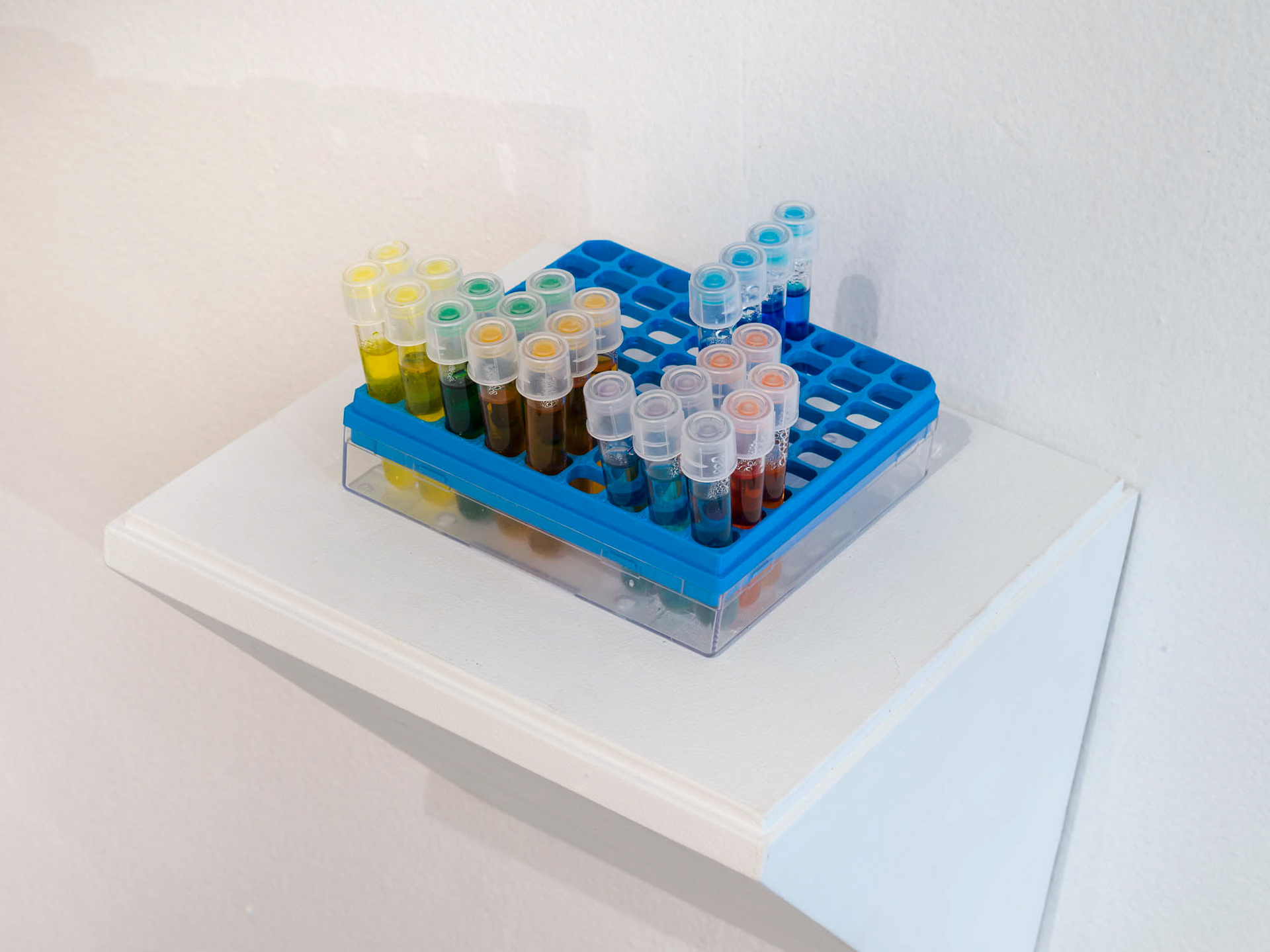
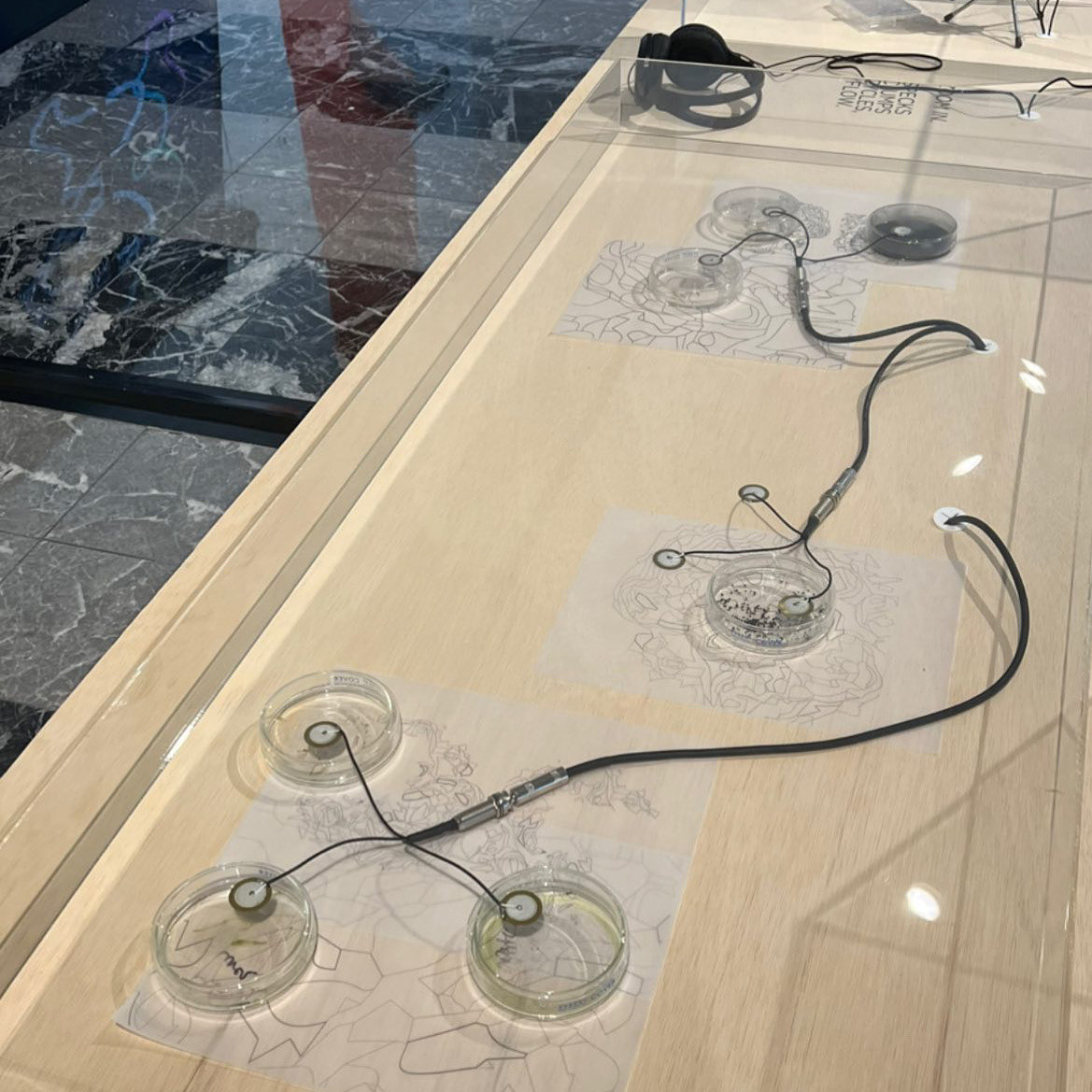

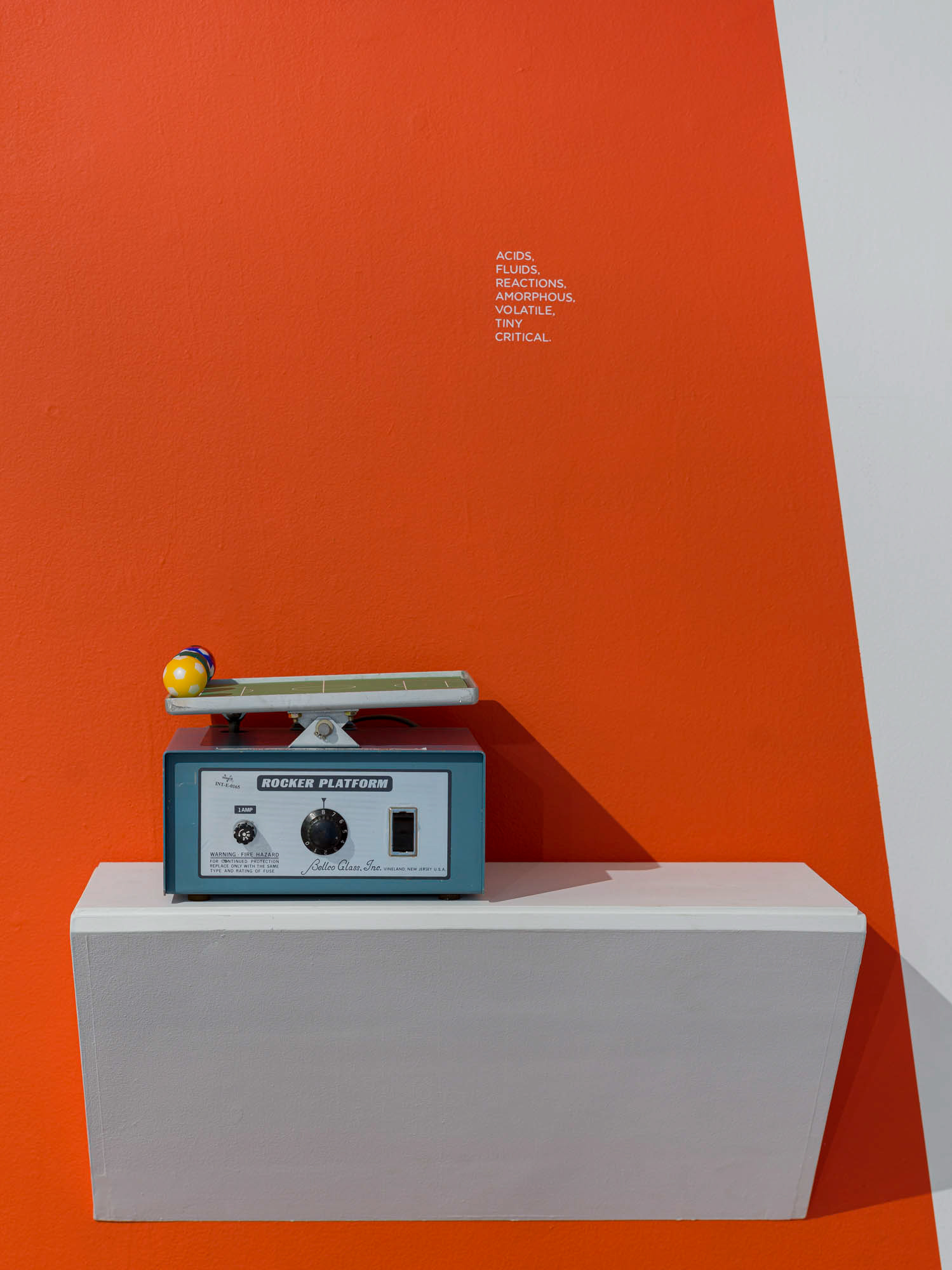
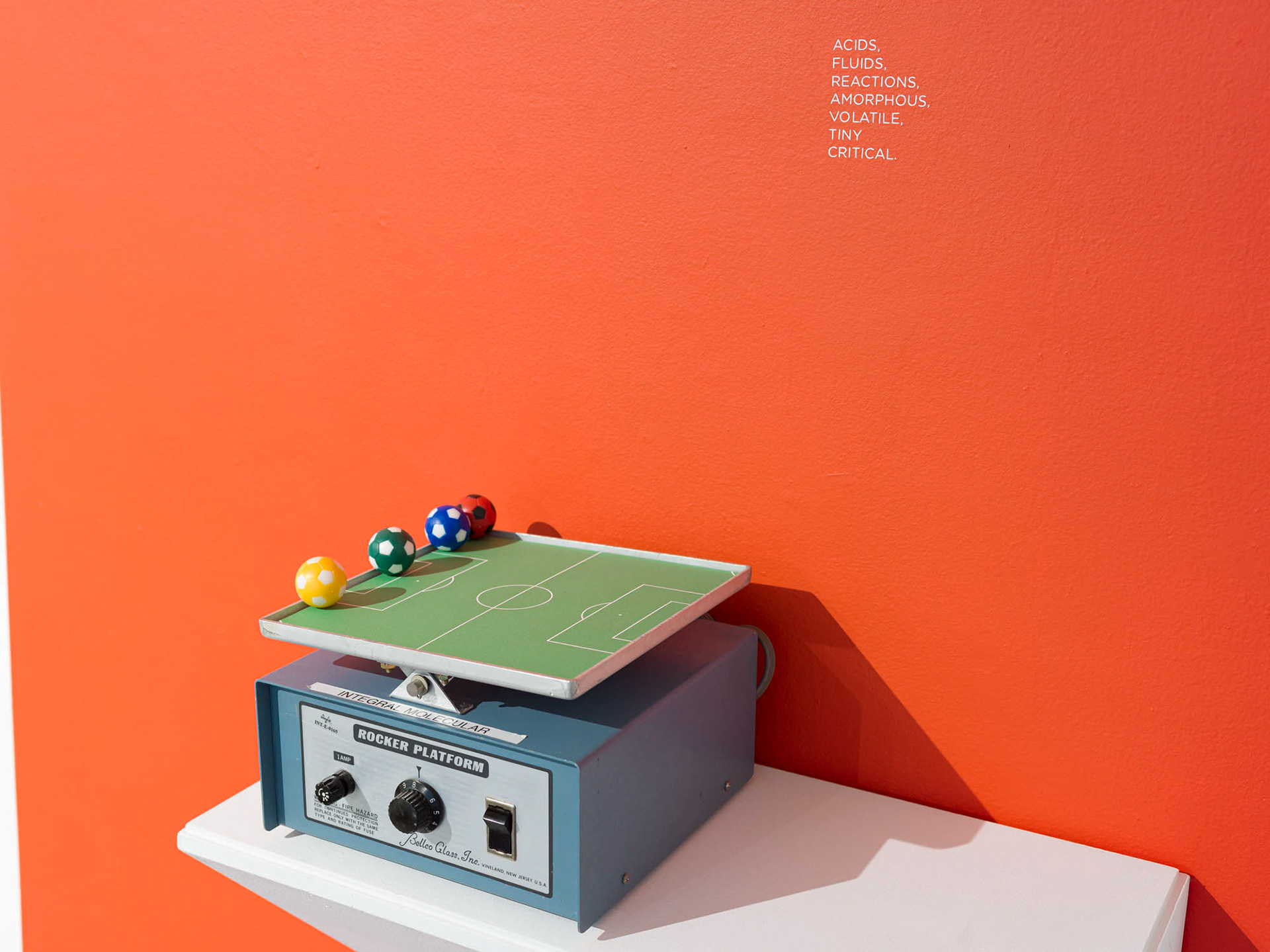
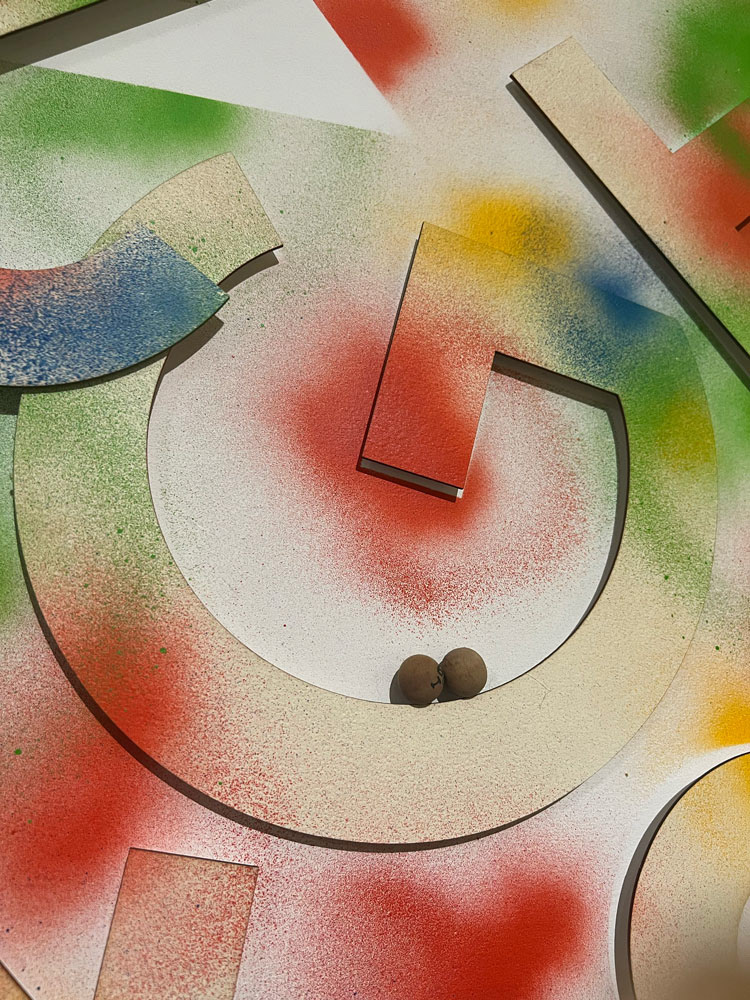

GAG ACT is a sequel to the first phase of the project, Shadowplay. Both phases are in tangent with each other and aim at synthesizing the research done during a residency at a biotechnology company (Integral Molecular) hosted by the University City Science Center in Philadelphia. They imagine a sociology of microbiomes and explore the phenomena of translation, interpretation, and the illusion of truth and contemplate on the nature of evolution that frame biases, power dynamics, forms of intelligence, and ethical ways of being and becoming at macro and micro levels.
Components of GAG ACT exhibition aiming to offer more-than-human ways of communication through alternative modes of *listening*. Experiments presented in GAG ACT mimic the act of processing/computing to further illustrate ideas of success, failure, and/or other qualitative or quantifiable outcomes. Detail images refer to predation as one of the recurring metaphors used throughout the exhibition. A failed Rube Goldberg (Ghost in the Machine) assembled by utilizing input/output mechanisms. This machine is fictionalized as a live yet ghostlike predator. Other details from the exhibition employ mechanisms such as "play" or “powerplay” for framing interactions and evoking generative conversations around divisive social roles in micro and macro scales.
Additionally, a room in the back of the gallery was turned to a space that shadows the exhibition; this space acted as a constantly changing lab, as a surveillance space, and as the brain for the functions of the experiments shown in the exhibition. It hosted various audio visual components that were made during the residency to complement the act of translation during a long period of time.
Shadowing is a term that was popularized by scientists. During the residency artists were to shadow the scientist to learn about their experiments and processes. With my fascination in the cultural connotations of language, I used the term in both phases yet allowed it to manifest organically and playfully in my process.
The backbone of the series was based on a highly speculative text (constitution of truth) written to embed ethical intelligence into the human genome. The text inspired all the 20 components (games, puzzles, animations, or objects) in GAG ACT and Shadowplay. The text is inspired by the Cyborg Manifesto and Glitch Feminism, and proposes intersectional mechanisms for living, caring, and preserving morality. It is a dialogue that at times mimics a monologue. Like the good and bad angels on our shoulders always in conflict, yet seamlessly and invisibly preaching for morality within our consciousness.
The combined research also informed the creation of the algorithm (talk2ME) and a cipher that translates any text into bio data. The text was translated into an amino acid sequence using the talk2ME algorithm. The sequence was then fed into a program called Phyre (a web-based service for protein structure prediction) which allowed me to create a 3D rendition of this hypothetical protein. The 2D and 3D renditions of the hypothesized protein are shown throught the exhibition. The ongoing goal is to pair this 3d model with other proteins and study the binding sites linguistically, looking for alternate forms of communication and translation between multiple proteins at their binding sites. (This will also inform the regiment and improvement of the Algorithms.)
THIS PROJECT WAS MADE POSSIBLE WITH GENEROUS FUNDING FROM THE DOLFINGER-MCMAHON FOUNDATION.
